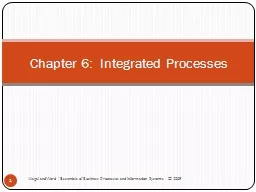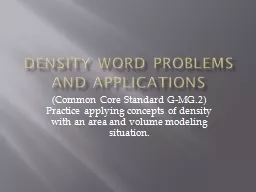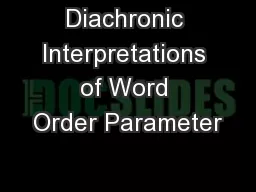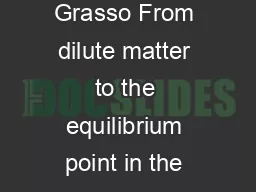PPT-Information Density and Word Order
Author : cheryl-pisano | Published Date : 2016-04-27
Why are some word orders more common than others In the majority of languages with dominant word order subjects precede objects SOVSVO gt VSO gt VOS OVS gt OSV Genetically
Presentation Embed Code
Download Presentation
Download Presentation The PPT/PDF document "Information Density and Word Order" is the property of its rightful owner. Permission is granted to download and print the materials on this website for personal, non-commercial use only, and to display it on your personal computer provided you do not modify the materials and that you retain all copyright notices contained in the materials. By downloading content from our website, you accept the terms of this agreement.
Information Density and Word Order: Transcript
Download Rules Of Document
"Information Density and Word Order"The content belongs to its owner. You may download and print it for personal use, without modification, and keep all copyright notices. By downloading, you agree to these terms.
Related Documents














